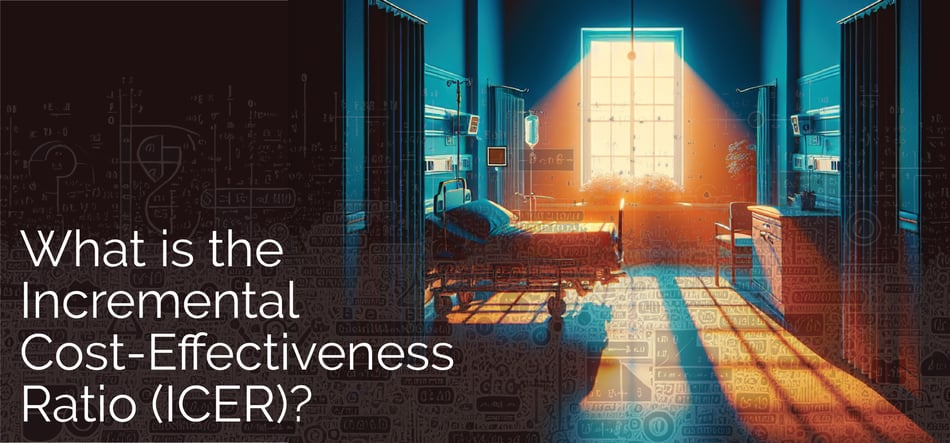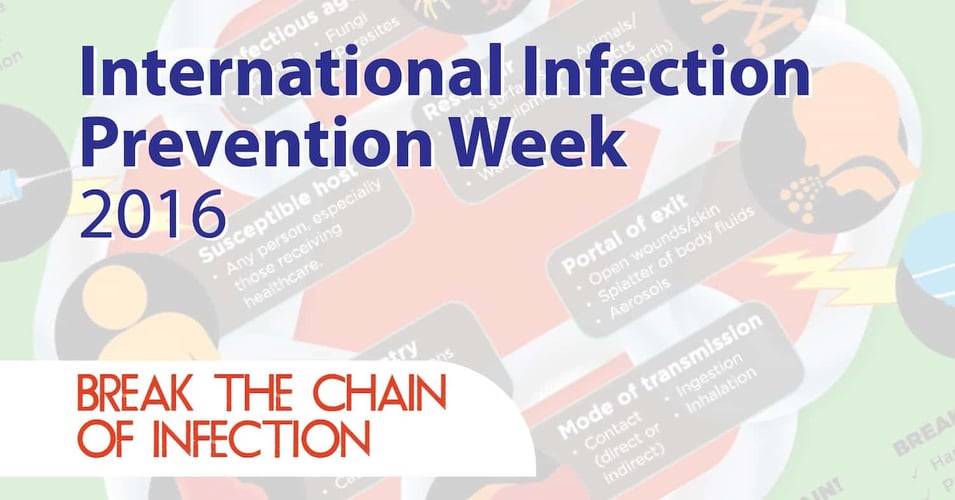What is the Incremental Cost-Effectiveness Ratio (ICER)?

Healthcare decision-makers must always face the difficult task of balancing patient care and cost-efficiency. One of the most valuable tools for navigating this balance is the Incremental Cost-Effectiveness Ratio (ICER). This metric is widely used to assess the value of medical interventions and inform decisions that maximize both health outcomes and financial resources. In this post, we’ll explore the concept of ICER, its significance in healthcare, and how it can guide smarter decision-making in clinical settings.
What is ICER?
The Incremental Cost-Effectiveness Ratio (ICER) compares the relative costs and outcomes of two or more treatment options. Simply put, it helps decision-makers understand how much additional cost is incurred for each additional unit of health benefit—usually measured in terms of Quality-Adjusted Life Years (QALYs) or life years gained—when one intervention is compared to another.
The formula for ICER is:
Why ICER Matters in Healthcare
-
Resource Allocation: Healthcare systems operate under limited budgets. ICER helps ensure that the most efficient treatments are prioritized, meaning those that deliver the greatest health benefits per dollar spent.
-
Comparative Value: ICER offers a framework for comparing a wide range of treatments—whether it’s new drug therapies, surgical procedures, or public health interventions. It provides a common language for assessing whether a newer, more expensive treatment offers meaningful improvements over current standards of care.
-
Cost-Effectiveness Thresholds: Many countries and healthcare systems set thresholds for ICER values to determine whether an intervention is "worth it." In the United States, cost-effectiveness thresholds are not as rigidly defined as in some other countries, but they are often used as a reference point for healthcare decision-making. For example, a commonly cited threshold in the U.S. is around $50,000 to $150,000 per Quality-Adjusted Life Year (QALY). If an intervention’s ICER falls within this range, it is generally considered cost-effective, helping guide decisions on whether a new treatment or technology provides sufficient value relative to its cost.
ICER in Action: Real-World Examples
-
Cancer Treatments: New cancer drugs often come with high price tags. ICER can be used to evaluate whether these costly treatments significantly extend survival or improve quality of life compared to existing therapies. For instance, a new chemotherapy drug might add only a few months of life expectancy but at a much higher cost. By calculating the ICER, healthcare policymakers can decide if that additional cost is justified.
-
Chronic Disease Management: In diseases like diabetes or heart disease, where long-term management is essential, ICER can help determine which medications or lifestyle interventions provide the best long-term outcomes at the lowest cost. For example, a new diabetes drug that improves blood sugar control but is significantly more expensive than standard treatment may only be adopted if its ICER demonstrates a worthwhile cost-benefit ratio over time.
-
Hospital-Associated Infections: In hospital settings, ICER can be used to evaluate interventions aimed at reducing infection rates. For example, an investment in EOSCU, a self-sanitizing surface technology that reduces bioburden and germ transmission, could have a higher upfront cost than traditional materials. However, if the ICER shows that EOSCU significantly reduces hospital-associated infections (HAIs) and related costs, it would be seen as a cost-effective solution.
ICER and the Patient Perspective
While ICER is crucial for healthcare systems and policymakers, it’s important to recognize that it doesn’t always capture every patient’s individual needs or preferences. Patients may value certain health outcomes differently than what’s reflected in standard effectiveness measures like QALYs. This is why ICER should be used alongside other decision-making tools, ensuring that both cost and patient-centric outcomes are considered.
Challenges and Considerations
Although ICER is a powerful tool, it does have limitations. For one, it can be difficult to quantify certain aspects of care, such as the emotional or social impact of a treatment. Additionally, ICER calculations depend heavily on the quality of the data used, meaning poor-quality evidence can skew results. Lastly, the interpretation of what constitutes a “cost-effective” intervention may vary between countries, healthcare systems, or even individual providers.
ICER is a key metric in the ongoing effort to deliver high-quality, cost-effective healthcare. By providing a clear comparison between the costs and benefits of various interventions, ICER helps guide decisions that optimize both patient outcomes and financial sustainability. However, it’s just one of many factors that should be considered in comprehensive healthcare decision-making, ensuring that patients receive the care they need while maximizing the value of every healthcare dollar spent.
As healthcare technology continues to evolve, ICER will remain a critical tool for assessing new innovations and interventions, allowing us to advance medical care in a way that’s both effective and economically responsible.
![EOScu Logo - Dark - Outlined [07182023]-01](https://blog.eoscu.com/hubfs/Eoscu_June2024/Images/EOScu%20Logo%20-%20Dark%20-%20Outlined%20%5B07182023%5D-01.svg)

![[infographic] Key Questions for Measuring Cost-Effectiveness Download and share!](https://no-cache.hubspot.com/cta/default/216314/interactive-178750805176.png)



